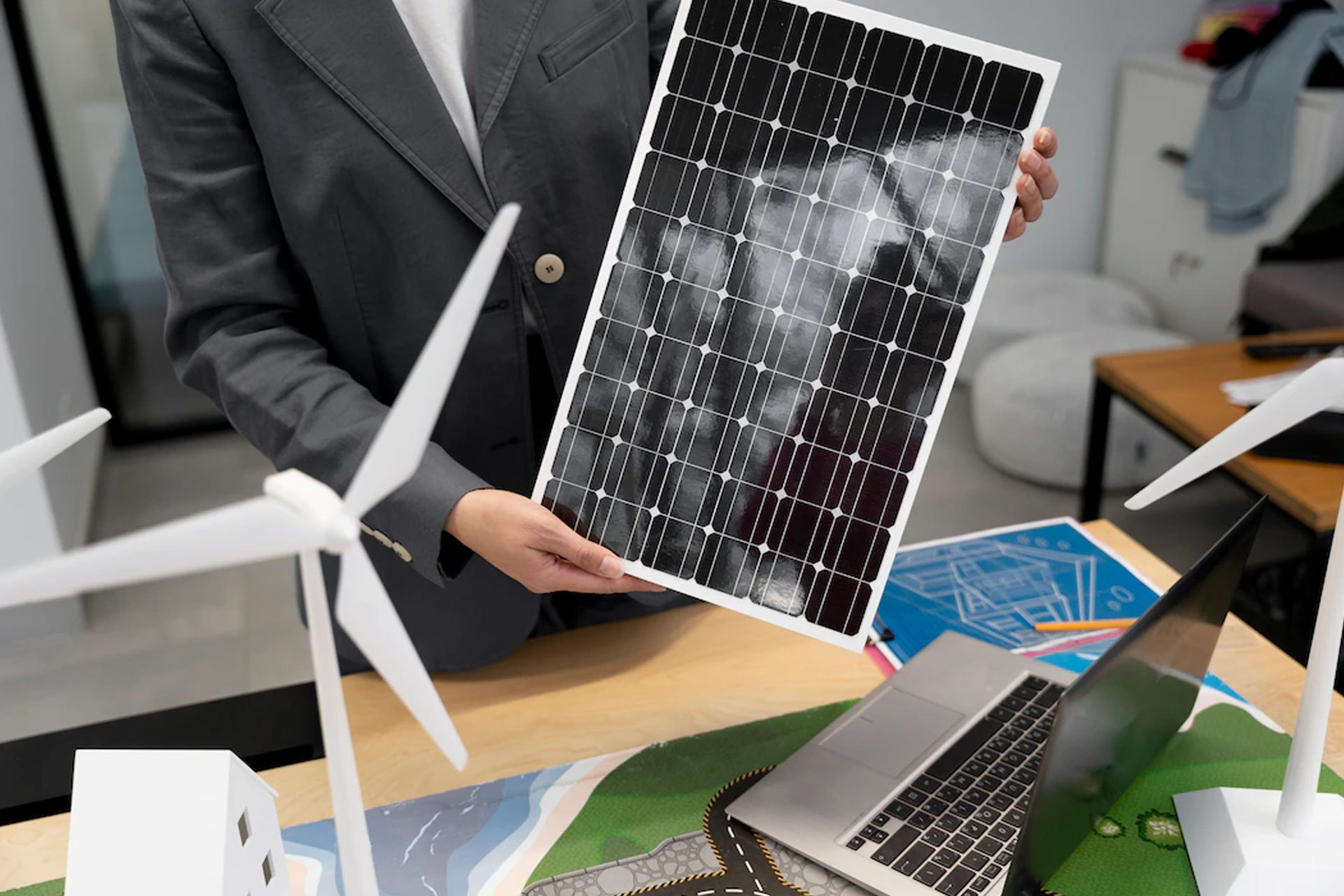In an era marked by growing concerns over climate change and dwindling fossil fuel reserves, the search for sustainable energy solutions has gained tremendous momentum. Renewable energy sources have emerged as a viable alternative, offering cleaner, more abundant, and environmentally friendly power options. For instance, solar installation companies offering businesses and households access to clean energy using solar power panels is much more commonplace today than what you would have expected a decade ago. Large corporations are also investing in wind farms to run their regional operations. And pretty soon, we are sure that other forms of sustainable energy products will go mainstream.
In this article, we will delve into the various sources of renewable energy, highlighting their significance in paving the way towards a greener and more sustainable future.
Solar Energy
Solar power is undoubtedly one of the most prominent and widely adopted forms of renewable energy. It harnesses the sun’s abundant energy through the use of photovoltaic (PV) cells or concentrated solar power (CSP) systems. PV cells directly convert sunlight into electricity, while CSP systems use mirrors to focus sunlight on a centralized receiver to generate heat and produce electricity. Solar energy is both versatile and scalable, finding applications in residential, commercial, and utility-scale power generation.
Wind Energy
Wind energy utilizes the kinetic energy of wind to generate electricity through wind turbines. These turbines consist of large rotor blades connected to a generator that converts the mechanical energy into electrical power. Wind farms, either onshore or offshore, harness the power of wind currents, which are abundant and renewable. Wind energy is a clean and increasingly cost-effective option, with technological advancements enhancing turbine efficiency and capacity.
Hydropower
Hydropower, or hydroelectric power, harnesses the energy from moving water. It is generated by capturing the gravitational potential energy of water through dams or the kinetic energy of rivers and tides. Falling or flowing water turns turbines connected to generators, producing electricity. Hydropower is a well-established and mature technology, providing significant capacity for electricity generation. It offers flexibility in terms of scale, from large-scale projects like the Three Gorges Dam to micro-hydropower systems in remote areas.
Biomass Energy
Biomass energy involves the conversion of organic matter, such as agricultural waste, forest residues, and dedicated energy crops, into usable energy. This process can be achieved through direct combustion, producing heat for space heating or electricity generation, or through biochemical and thermochemical conversion technologies, such as anaerobic digestion and gasification. Biomass energy not only reduces waste but also provides a sustainable alternative to fossil fuels for heat and power generation.
Geothermal Energy:
Geothermal energy harnesses the heat stored within the Earth’s crust. This renewable resource can be accessed through geothermal power plants, where steam or hot water is extracted from underground reservoirs to drive turbines and generate electricity. Geothermal energy is available 24/7, making it a reliable and consistent renewable energy source. It is particularly prevalent in regions with high geothermal activity, such as Iceland, the Philippines, and parts of the United States.
Conclusion
The transition to renewable energy sources is crucial for mitigating climate change, reducing reliance on fossil fuels, and ensuring a sustainable future. Solar, wind, hydropower, biomass, and geothermal energy represent a diverse range of renewable options that are increasingly being embraced worldwide. As technology continues to advance, these sources are becoming more efficient, affordable, and accessible. By embracing and investing in these renewable resources, we can foster a cleaner and more resilient energy landscape that benefits both the planet and future generations.



